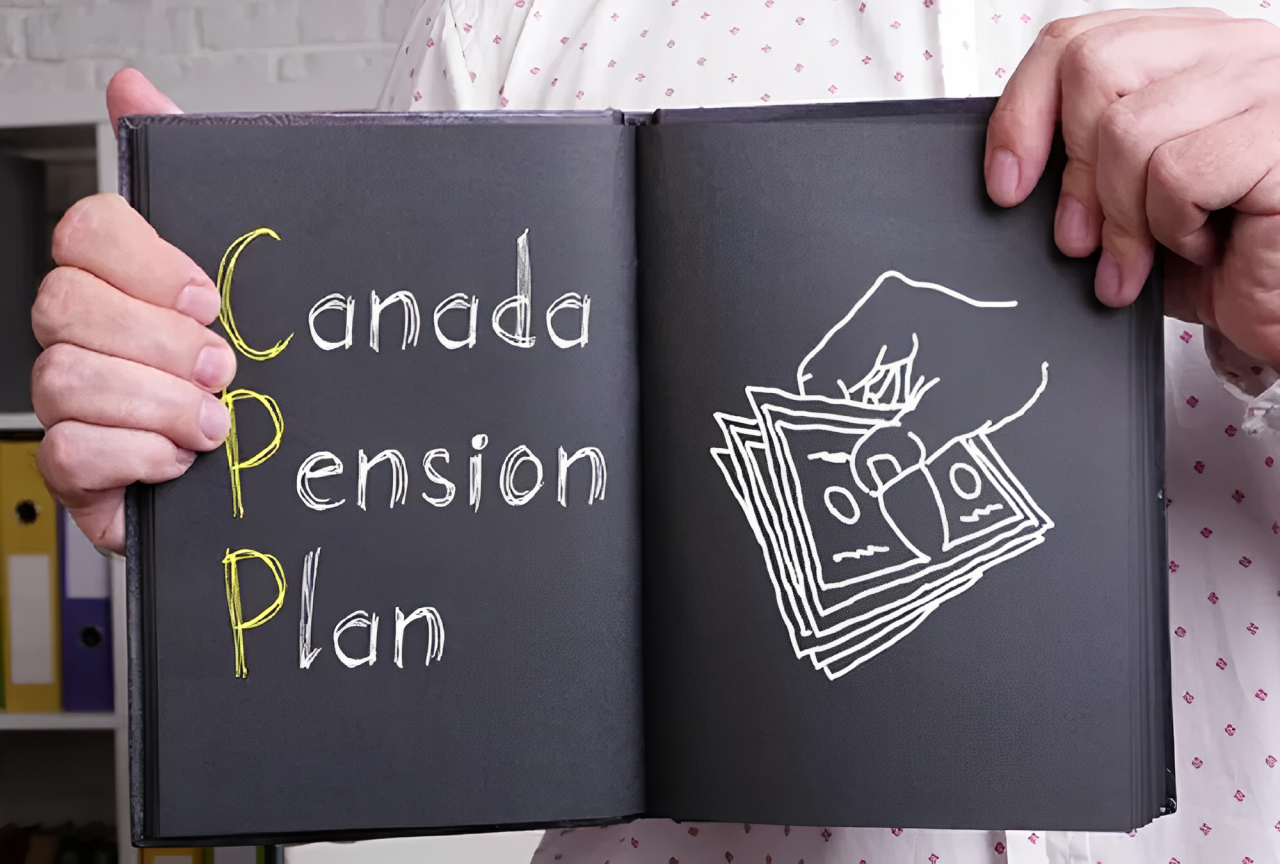Your CPP payments are not liable to income-related clawback, unlike OAS benefits. For seniors concerned that, after decades of participation in the program, they might not receive as much CPP as they had hoped, this is welcome news.
That being said, you might still need to maximize your total income to reduce the amount of OAS clawback you are liable to.
CPP is Not Clawed Back
One pension plan linked to your contributions is CPP. The fact that you pay your hard-earned money into the plan over several years makes it in no sense “free” money.
You begin receiving a pension when you turn 60 or 70, and the amount you receive depends on your age, the amount you have contributed, and how long ago you started.
Retiring at age 60 results in less compensation; retiring later, after age 65, results in larger benefit payments.
Whatever your other sources of income, your CPP is not liable to clawback. You receive the money you worked for.
OAS Clawback and CPP Income Splitting
Your residency in Canada—that is, how long you have lived there after turning eighteen—determines how much OAS you will receive.
The highest level benefit is yours if you have been here for at least 40 years. You get paid proportionately if your residency is shorter than 40 years. A 30-year residency, for instance, would yield 75 percent of the maximum benefit (30/40 = 0.75).
As OAS is income-tested and unrelated to your work history or contributions, only those who truly need the benefit receive the maximum.
You therefore pay back 15% of the excess amount when your income rises above the cutoff.
OAS clawback thresholds are as follows:
- July 2023 – June 2024: $81,761 net income threshold based on the 2022 tax year
- July 2024 – June 2025: $86,912 net income threshold based on the 2023 tax year
- July 2024 – June 2025: $90,997 net income threshold based on the 2024 tax year
To avoid losing some or all of your OAS benefits, you can use various strategies to lower your income from other sources. This could mean sharing your CPP with a spouse, delaying CPP, withdrawing more income from your TFSA instead of your RRSP, and more.

